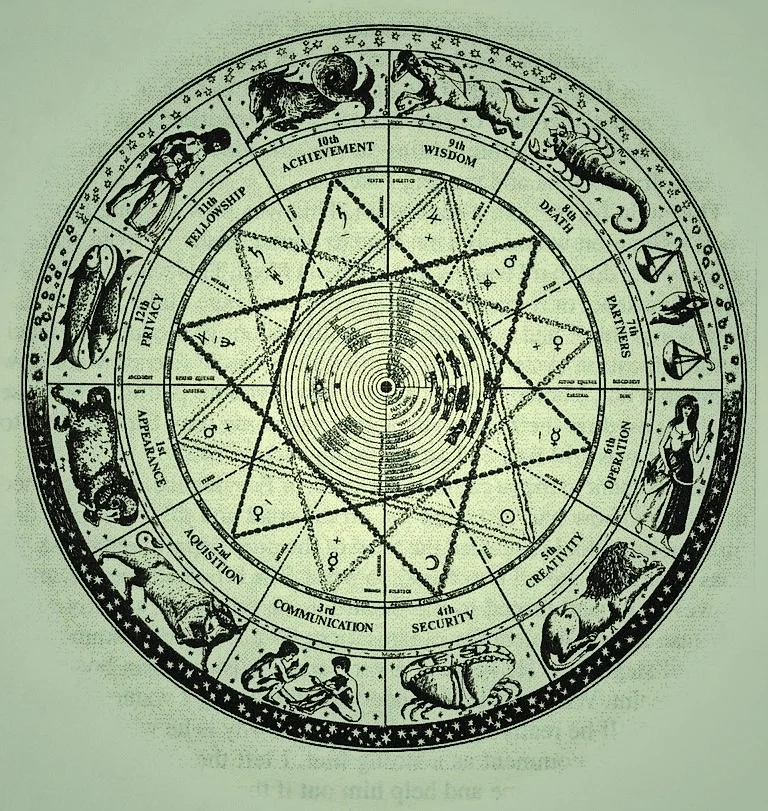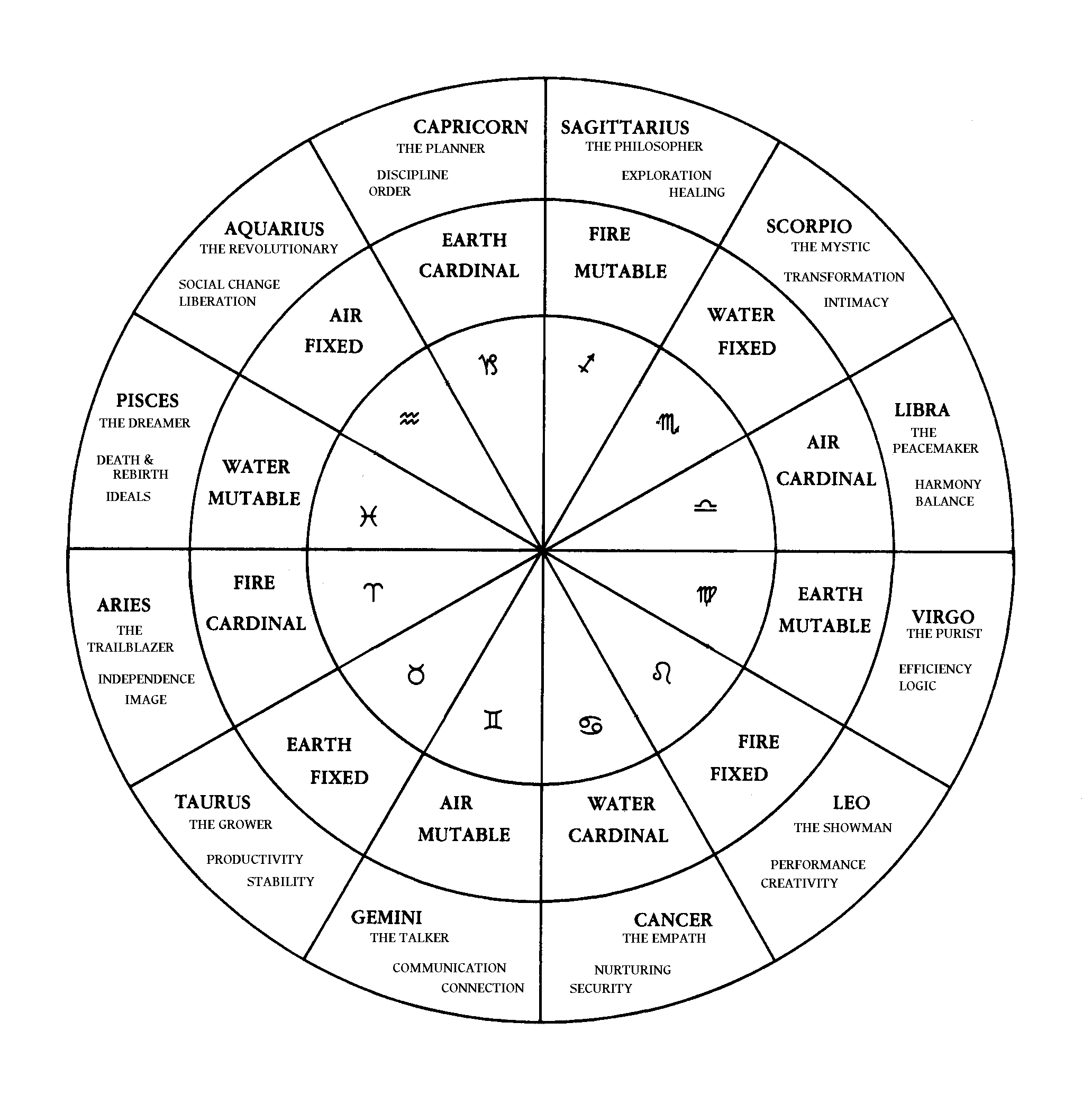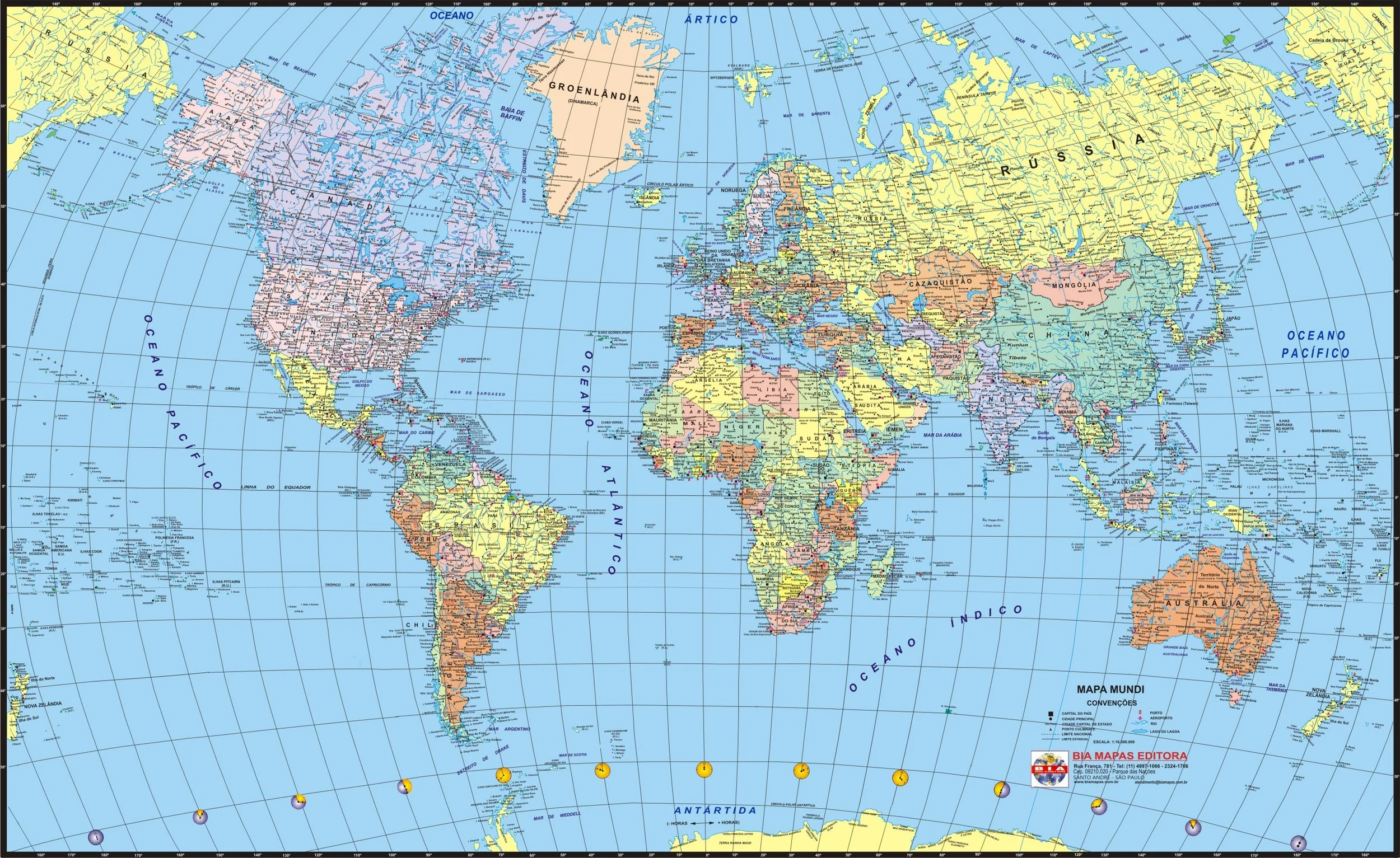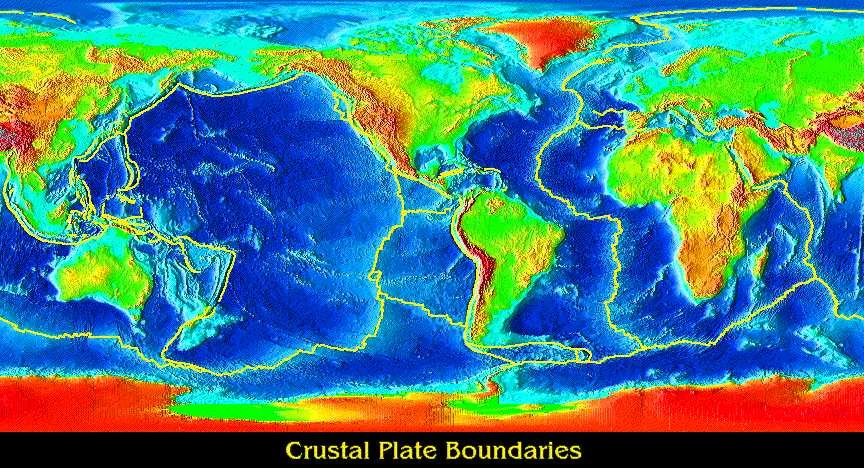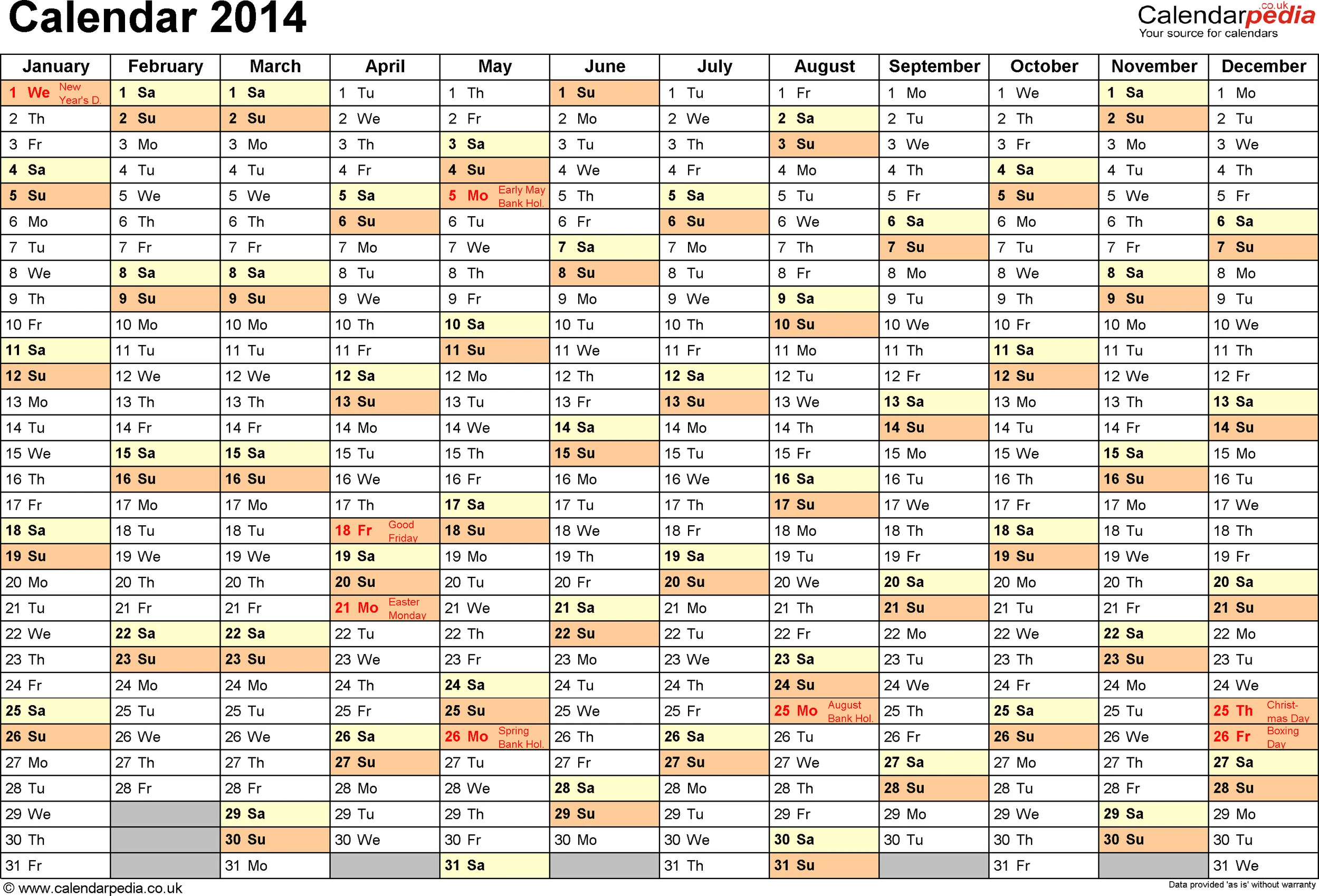From Data to Wisdom
You’re a latent vessel for infinite information.
When you first meet information, “you do nothing.”
When you integrate information, “you do nothing,”
but to a much higher and deeper degree.
Information is a broad term that covers many things. Phone numbers, written lists, body language, branches and leaves blowing in the wind, DNA strands, and a thousand other things all contain information. Before understanding the information or doing something with it, it’s useful to see the difference between data and information; information and knowledge; and knowledge and wisdom.
At the outset, 12155575700 is data. Without a context, we don’t know what to make of it. Suppose we display it like this: +1 (212) 555-5700. It becomes identifiable as a specific phone number, and potentially useful information.
In the conventions of phone-number display, + means “a code used to access international dialing,” 1 means “the USA” and (212) means “one of the area codes for New York City.” The string of numbers has been transformed into a very precise location. There’s only one home or office in the whole world that corresponds to this number.
If you need this phone number, the information is valuable to you. You memorize the number and use it often, to conduct business, communicate, take care of a problem. Then the string of numbers becomes part of your knowledge.
Suppose it’s a friend’s phone number. Most likely you invest it with emotion. Deep in your mind, the phone number becomes a symbol of your friend. If you think of the phone number, you think of your beloved friend. The string of numbers has become associated with “love”’. We’ll call it wisdom.
We are always making the inevitable passage from data to information to knowledge to wisdom. It’s a vital passage, and it merits study. The secret to a successful passage lies in knowing how to do nothing—that is, knowing how not to jump blindly from data to information, knowing how not to draw conclusions too soon, knowing to be in the presence of seemingly provocative data without in fact being provoked by it . . . the list goes on.
All the information that comes our way passes through our personal filters, and speaks to our identity in some way. The Universe is what you make of it—the whole Universe, the whole of space and time. The Universe only makes sense to you insofar as it relates to your experiences—and your experiences, to it. It means that your Universe is unique to you; symbolically and in very practical ways, you’re the center of your Universe. I consider this an indisputable fact! As to how you handle the fact of your being the center of the Universe, that’s totally up to you. There are many possibilities: paradox, contradiction, fear, indifference, celebration, conscientiousness, denial, discipline, self-effacement, and so on.
Information and interpretation is a big theme that deserves your attention. To achieve a balance of distance and involvement is essential. Too much distance, and the information becomes meaningless. Too much involvement, and the information risks overwhelming you.
We'll cover four themes involving information:
1. A whole Universe of information
2. Organized information
3. Dynamic information: The Quaternity
4. Embodied information
1. A whole Universe of information
I propose a playful exercise (or meditation) on the notion of distance and involvement, using the actual Universe to get you to discover how you’re at its center. The idea is simple: we’ll look at a series of images or video clips with cosmological significance, looking at big spaces seemingly far away. And, bit by bit, we’ll close in on where we are right now, in our own little corner of the universe. Some of our materials are “hard data from the physical sciences,” some are “soft data from the metaphysical arts.” Call it a combination of astronomy and astrology!
Big space: We look at materials with a cosmic bent: a video of the solar system speeding through space; print-outs of the zodiac sky, zodiac signs, and various world atlases.
Clip of helical solar system: https://www.youtube.com/watch?v=mvgaxQGPg7I or (earlier version) https://www.youtube.com/watch?v=0jHsq36_NTU
Look at maps of the world. It's amazing how different one map can be from another, when both purport to display the same information! But this is logical and inevitable: information itself is multidimensional; human beings are multidimensional; each map is one dimension of information being displayed by one dimension of a human being. Where are you, on each of these maps? Where have you traveled within these maps? What thoughts and emotions do you have regarding maps in general, and these specific maps?
From the Universe to the world, from the world to "right here."
Draw a map of the neighborhood where you grew up.
Draw a map of the neighborhood where you live now, and the neighborhood where you find yourself in this very moment.
Draw a sketch of your immediate environment: the chair or sofa, the desk, the computer screen.
Draw a sketch of the pencil that you’re holding to sketch the pencil. That’s a pretty close view of where you are right now, and of what you’re doing right now!
You can use GoogleMaps to visit your childhood home, or any home, anywhere. And you can use Google to show you how your childhood home—your bedroom, your bed, you lying in bed under the blankets in the middle of the night—exists in a city, a country, a continent, a planet. And the planet is out there, in infinite space!
It’s quite a trip.
You can do a similar exercise or meditation about time, zooming in and out of the here, now.
1. Use a perennial calendar (which covers “all time”) to figure out the weekday of your birth.
2. Take your birth certificate out, and look at it closely. Read all the printed information in it out loud. Your birth is enmeshed in bureaucracy, in jargon, in laws and regulations, in traditions. You might be surprised at the language used, or even surprised to see racial information about you or your parents. Maybe your father’s profession is listed, but not your mother’s. Maybe you suddenly realize that your mother had a middle name you never knew about. The document’s material qualities, its graphic components, its fonts, the quality of its paper; the document’s emotional import—I bet you’ve never looked properly at your birth certificate, and I bet you’ve never sensed how your birth is officially inserted in the History of Humanity.
When you read your birth certificate, you'll be surprised by how much information it contains and how little of it you've seen in the past. “You were blind.” The idea is to “cure yourself of blindness by agreeing to look.” In this case, the birth certificate is the trigger for the cure, but anything can be the trigger: an object, a photo, a postcard, a face, a text, anything. Look, and you shall see!
3. Draw a family tree. There are apps for that, but doing it by hand probably triggers your brain, heart, and body more deeply than using an up. Draw the tree to include at least all your four grandparents (and their siblings, say), and every person issuing from them onward. Depending on your family history and your own history inside your family, drawing this tree can be surprisingly difficult. You might not remember your grandparents’ siblings’ names. Someone in the tree married more than once. How do you lay out the information on paper so that a reader can follow it without getting confused or lost? How do you account, visually, for illegitimate children? Drawing a family tree takes a lot of planning, trial and error. You could decide to exercise your information-display techniques by becoming able to draw your family tree without error, from beginning to end—not forgetting anyone, not misplacing anyone. Ostensibly, you’re working on a family tree; in reality, you’re working on being attentive, keeping track of names and relationships, playing a game in which you need to foresee problems and provide solutions. The skills needed to draw a family tree will carry over into many other endeavors.
4. Print out a sequence of calendars, going from all the decades of your existence to this very day.
A one sheet table of decades, going back to birth;
a one-sheet calendar of the current year;
a one-sheet calendar of the current month;
a one-sheet calendar/agenda of the current week;
a one-sheet calendar/agenda for the current day.
On the table of decades, write in your main life events: birth, entering or exiting schools, moving house, moving countries, making significant friendships, marrying, divorcing; significant illnesses; family or friends’ deaths; travels, projects, discoveries, successes, failures.
On the other calendars, do a version of the above, transforming the focus of each calendar until on the current-day sheet you just write your appointments or events or tasks for the day.
Your various calendars are self-portraits, showing what you pay attention to and what you ignore, neglect, or forget. The calendars may reveal patterns. And the response to the exercise (“Neat!” “I hate it!”) might also reveal patterns.
2. Sorting out Information
Jumbled information (index cards out of order); Strange information (books, objects, “situations”); Incoherent information; Willful disinformation; Unwitting disinformation.
We played two games involving letters, words, paragraphs, and meaning. In the first game, we took a block of text without any punctuation marks whatsoever. Then we each edited it so that it was readable and meaningful. The unedited block is “data,” and the editing exercise takes you from data to information to knowledge to wisdom (in a modest way, of course—knowledge and wisdom are big words).
wehadntseeneachotherinmorethantwentyyearsonceuponatimewewereascloseastwinsistersbutwehadmadethemistakeoffallinginlovewiththesamemanoneofusmarriedhimtheotherdriftedawayinacloudofresentmentregretunspokensadnessourmeetingwasaccidentalunpreparedorperhapsitwasiwhowasunpreparedtoseeheragainyoulookgreatidontthinksomyvoicecameoutharsherthanimeantitoursilencewasheavywithanemotionicouldntnamewestoodforamomenthowsfineiwantedtoknowiwasafraidtoknowihavetogoitwasgoodseeingyousheturnedandwalkedawayinahurrysuddenlyithitmeihadneverforgivenherforstealingmylove
Here’s a partial list of the visual elements that contribute to clarity and meaning in written language.
Punctuation marks such as commas, colons, semicolons, periods, exclamation and question marks, ellipses, hyphens, “em” and “en” dashes, and apostrophes.
Typesetting features such as italics, bold, and underlining.
The use of CAPITALS and lowercase in various combinations: ALL CAPITALS, all lowercase, Mixed, iNVERTED.
Signs that indicate integration and separation: parentheses and brackets such as ( ), { }, [ ], and < >.
Spatial features such as margins, layout, indents, and blank spaces between letters, words, phrases, paragraphs, and pages.
It took millennia for punctuation to develop. Ancient texts, for instance, didn’t have spaces between words, and readers had to provide their own separations as they read the text. Punctuation mixes subjective and objective elements. Two individuals from the same background make different punctuation choices according to their personalities. Mainstream British punctuation is quite different from mainstream American punctuation. There exist punctuation marks in French, Spanish, and German that don’t even exist in English!
Differences in national and personal styles don’t change four fundamental facts:
Without punctuation, a written text becomes much harder to read, whether silently or out loud.
Punctuation helps a great deal, but it doesn’t guarantee readability.
To change the way a text is punctuated is to change both its meaning and its emotional impact.
Every punctuation system is a compromise by definition. Each system is a different compromise, with its strengths and weaknesses.
In the second exercise, I took a page of original text with nine paragraphs; I cut the text into strips of paper, each with one paragraph; I scrambled the strips and placed them in an envelope; then handed envelopes to the participants. The idea was to discover the logic of the text and reassemble the paragraphs in order. Four people in the room, four completely different readings of the text—fascinating! We started with the same data, but we derived different bits of knowledge and wisdom from it.
3. Dynamic Information: The Quaternity
We’re all familiar with a trinity: three entities, objects, or people that belong together. The most famous trinity is the Father, the Son, and the Holy Spirit.
A quaternity is four entities, objects, or people that belong together. Strong examples abound: the four cardinal points, the four horsemen of the Apocalypse, the four seasons, the four temperaments.
There are down-to-earth versions as well, which you can readily employ. For instance, you can present four arguments when trying to help a client. Or you can lay down four objects on your desk when setting up a writing session: laptop, cell phone, notepad, pencil. It’s possible that the four-ness of the arrangement will be helpful to your creativity, or to your arguing, or to your client. That’s the theory, anyway.
I like employing the term quaternity to mean something very specific: four strong words in related, oppositional dynamics, arrayed in a cross-like arrangement. North and south together form an intimately related couple, and east west and form another intimately related couple. And the two couples themselves have some sort of relationship. Perhaps they’re antonyms, perhaps they are paradoxically “the same and different,” perhaps they’re twins but one in light and the other in shade.
The example I’ve often used to start the work on quaternities is “confidence, modesty, arrogance, insecurity.” You can pair “confidence and arrogance” as opposites, and “modesty and insecurity” as opposites; and consider that the two pairs have a close, familial relationship. Or you can pair “confidence and modesty” and “arrogance and insecurity,” thereby establishing a whole other set of relationships among the words.
There are 26 ways of setting these words in a cross-like arrangement. Each way has its power to make us think about the subject matter at hand. If you start practicing the art of quaternity, you’ll soon use intuition to settle on what is for you the most powerful of the 26 arrangements, and you won’t have to go through all of them before “knowing.” But a little mathematical training has never hurt anyone's intuitive powers! Lay out the four words on paper. If you’d like to be really thorough, write down all 26 arrangements, using the actual words rather than abbreviations. Then choose the arrangement that speaks the loudest to you, and ponder it.
Ponder the meaning of each word as you understand it today; perhaps look at the word’s etymology in a dictionary; catch yourself having visceral reactions to a word or to the meaning you assign to the word. Maybe “arrogance” gives you the creeps, or “modesty” sets you off on a head trip. Do you see yourself as “confident” or “modest”? How about people in your circle? Make a list of a few friends and family members, and see where they live in the territory delineated by the four words.
Generally speaking, words are changeable. They mean different things to different people. And, generally speaking, many people assume—wrongly and dangerously—that the way they use their words is, in fact, not individual to them but universally shared. You want to say, “Everybody knows the meaning of ‘arrogance.’” In truth, when it comes to definitions and meanings people are more likely to disagree than to agree. We all define our concepts according to a mixture of objective and subjective elements that include socio-cultural and national habits, individual biases, and so on. In short, we look at the world with our own filters.
Quaternities can trigger an awareness of these mental filters, particularly when you share a quaternity with someone else or with a group. One of the exercise’s benefits comes from your clarifying words, concepts, and the emotions behind them—and, most important, from your understanding that there exists no shared, universal, objective definitions of words. If you come from a family that prized self-restraint, you might see arrogance in anyone who displays confidence—although the two terms are, in fact, different. If you come from a family of high-achieving extroverts, you might see every instance of modesty as a form of insecurity.
“Acknowledge the filter,” as Pat Morita, Yogi Berra, or Obi Wan-Kenobi might say.
The territory delineated by confidence, modesty, insecurity, and arrogance is charged. To enter the territory is to face strong emotions and to confront some pertinent identity questions. A well-chosen quaternity will always be charged—both because the words in it are important, and because the arrangement of related and opposing pairs has a multiplying effect on the words.
In a quaternity, the whole is much bigger than the sum of its parts.
Quaternities have been the primary working tool for some of my lessons, and on several occasions they were very effective. When you listen to a friend, student, or client talking about a problem or situation, you can sometimes catch a word or two that seem particularly revealing or urgent to you. Catch the one or two words, and devise a quaternity based on them. Then see if the student or client might use the quaternity to zero in on his or her issues—and, through a sudden, enhanced, and transformed sense of the issues, arrive at a solution for the problem at hand. The quaternity offers you a mirror or a self-portrait of sorts: the way you respond to its four charged words reveals a lot about how you think and feel.
Some of the quaternities that have cropped up in my coaching sessions:
Confidence arrogance modesty insecurity
Containment dispersion freedom rigidity
Love fear pain joy
Intoxicated sober private public
Process result conscious unconscious
True false fiction nonfiction
Trust faith self other
Positive reality projection negative
My ever-evolving understanding of quaternities is inspired by the work of Carl Jung. The Internet has plenty of materials about quaternities and Jung. Here’s a suggested entry point:
4. Embodying Information [chakras]
We took two sheets of paper that briefly described, in words and images, the seven chakras. The information was in French (or, to be more precise, mostly in French and partly in Sanskrit). The purpose of the exercise is to confront written, descriptive, or analytical information; then, understand it sensorially and embody it. Call it passing from theory to practice, or from mind to body if you like.
In this case, it doesn’t matter whether you believe the chakras exist or not. You can play it as a game, from which you learn an invaluable skill even if you think the chakras themselves are nonsense.
In previous workshops, we worked along similar lines—for instance, when we took the IPA vowel chart and slowly transformed it into actual sounds, vocal harmonics, and suchlike. The same principle applies to entire books, to mathematics, to sports—in fact, to every endeavor, because every endeavor exists in the frontier of “conception” and “action.”



